GM’s biggest misstep yet
Show up at any vintage car show in India in a Chevy Bel Air or Impala, and you get instant respect. Arrive in a Cadillac with fins and you’re the

Show up at any vintage car show in India in a Chevy Bel Air or Impala, and you get instant respect. Arrive in a Cadillac with fins and you’re the bee’s knees. If you understand that phrase, you’re likely from an era when you’ll also remember these cars very well. They ruled the Indian roads at one time!
Big American metal with a Chevy bowtie or a Cadillac shield meant something back in the day. And it’s a real shame that GM did nothing to capitalise on this heritage in India. If they had brought in the right models at the right time, they could have catered to all those folks who aspired to own the cars that their fathers and grandfathers owned – or even just lusted after. Instead, GM’s India sojourn has been littered with missteps.
In fact, that’s exactly what it’s been – a sojourn. A stopover, a detour, or a side trip at best. Despite all the proclamations of commitment, they never did fully commit to the Indian market. And now, with less than 1% market share, Chevy will stop selling cars in India at the end of 2017. They’re trying desperately to close their labour contracts and sell one of their two plants, while they’ll use the remaining one to continue exports to China, Latin America and Mexico.
After GM filed for Chapter 11 (bankruptcy) in the US in 2008, we sat down the then India MD, the late Karl Slym. At the time, it seemed as though GM India finally had a long-term roadmap in place. Karl was as focused as he was affable. At the time, GM India had a 3.5% market share and he had his sights set on a 10% share. I remember him saying, “Everyone in India wakes up in the morning and thinks, ‘which Maruti should I buy?’ Our job is to change that question to, which car should I buy?” Karl’s subsequent exit from GM derailed those plans.
Arvind Saxena, an automotive industry veteran, was eventually brought in – but it seemed as though his hands were tied from the get-go. He came in from VW, but had spent a number of years at Hyundai prior to that. So he very well knew the formula for success – quick thinking, aggressive marketing and feature-rich, quality products. And there were a few – the Cruze and Captiva developed a following, but they were followed up with the likes of the Aveo, Enjoy and Trailblazer – bland, dated and woefully poor quality machines. And that tells you everything you need to know about why GM failed in India. At the end of the day, product is king! Of course, the Tavera emissions scandal didn’t help either.
GM’s withdrawal comes at a time when Volvo has announced that they’ll finally produce cars locally in India. Meanwhile, Kia and PSA are planning their market entry strategies. Kia has already announced a greenfield plant with 300,000 capacity. After all, in the next decade, India is projected to become the third largest car market in the world – after China and the US. That being the case, in what scenario is pulling out of India the right decision for GM to have made. Or is this perhaps the biggest misstep of them all?
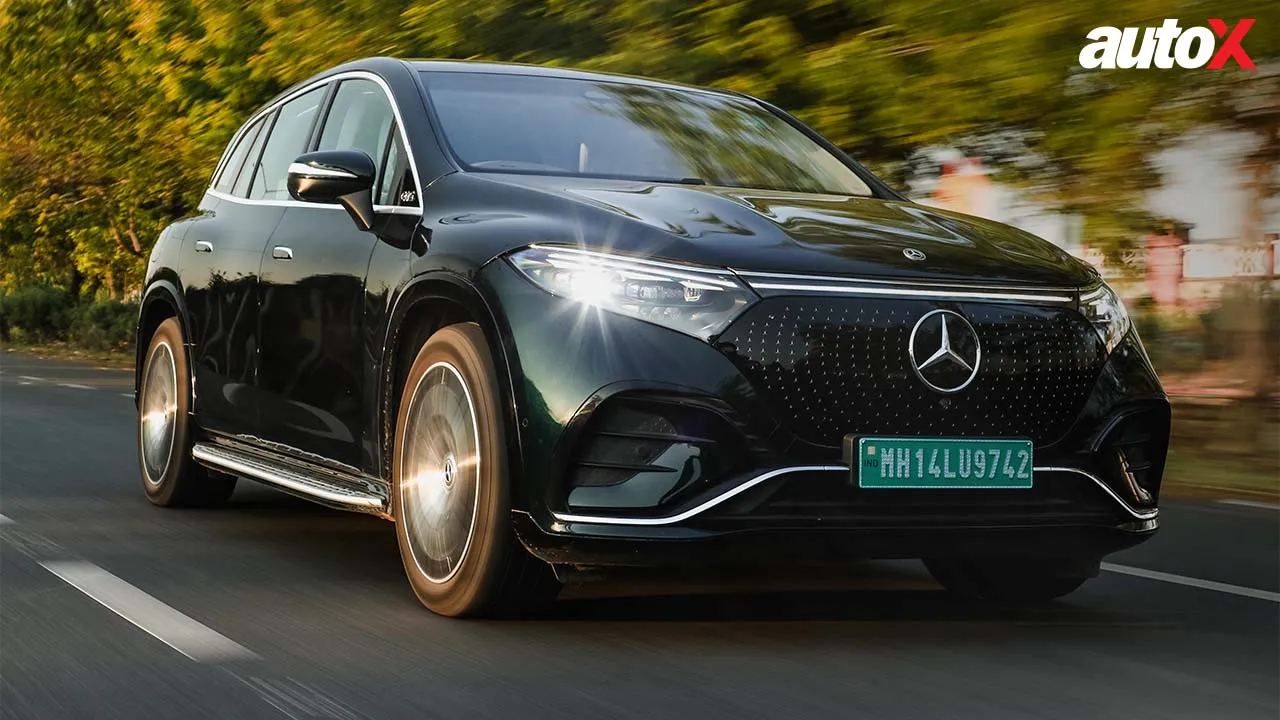
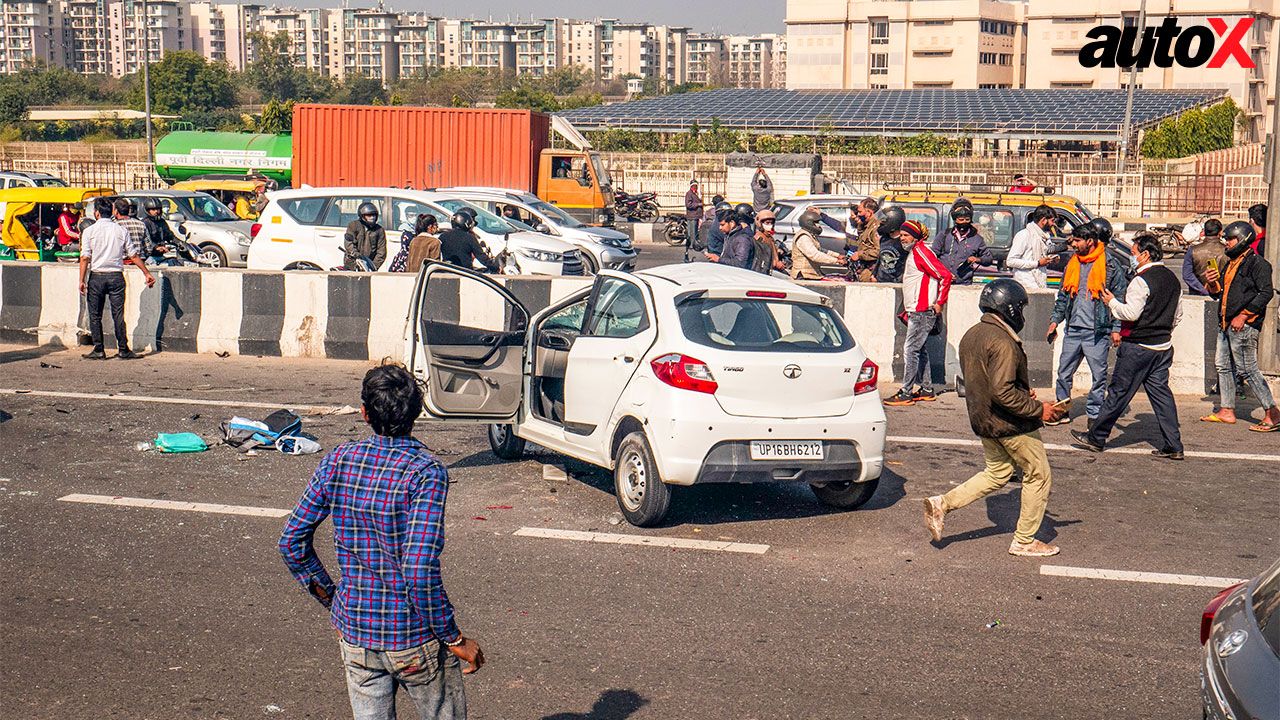
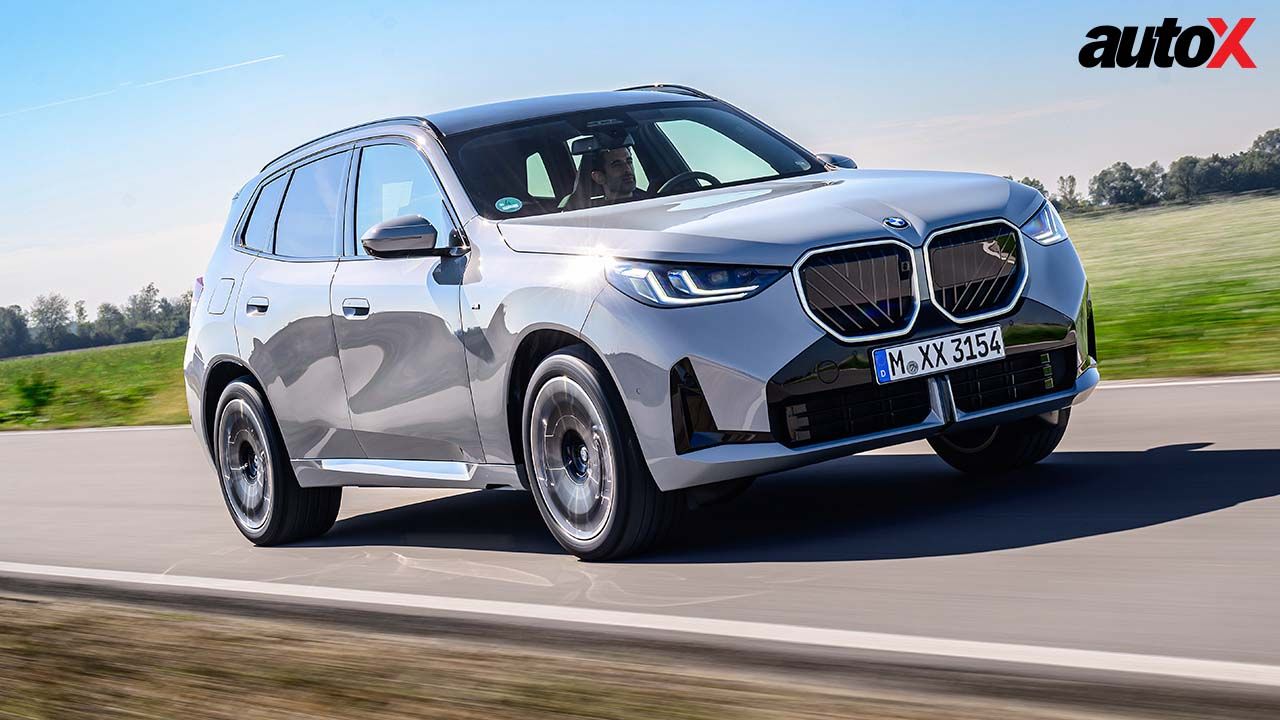

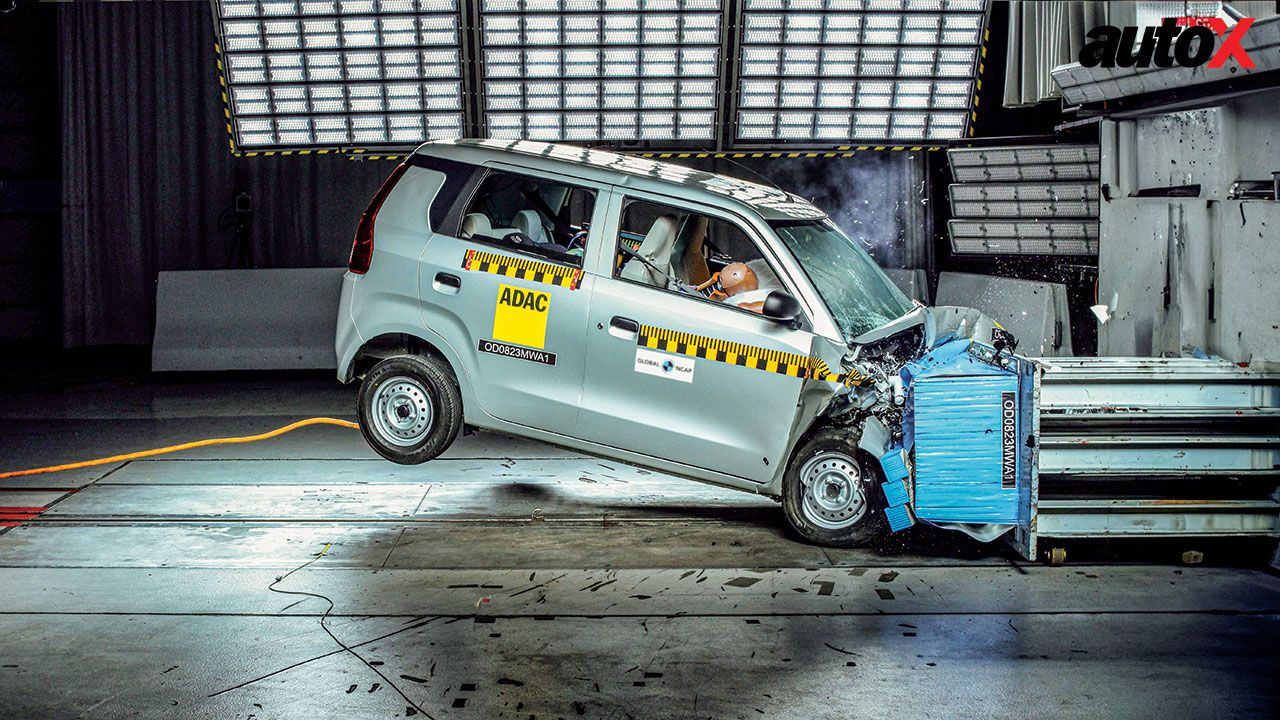
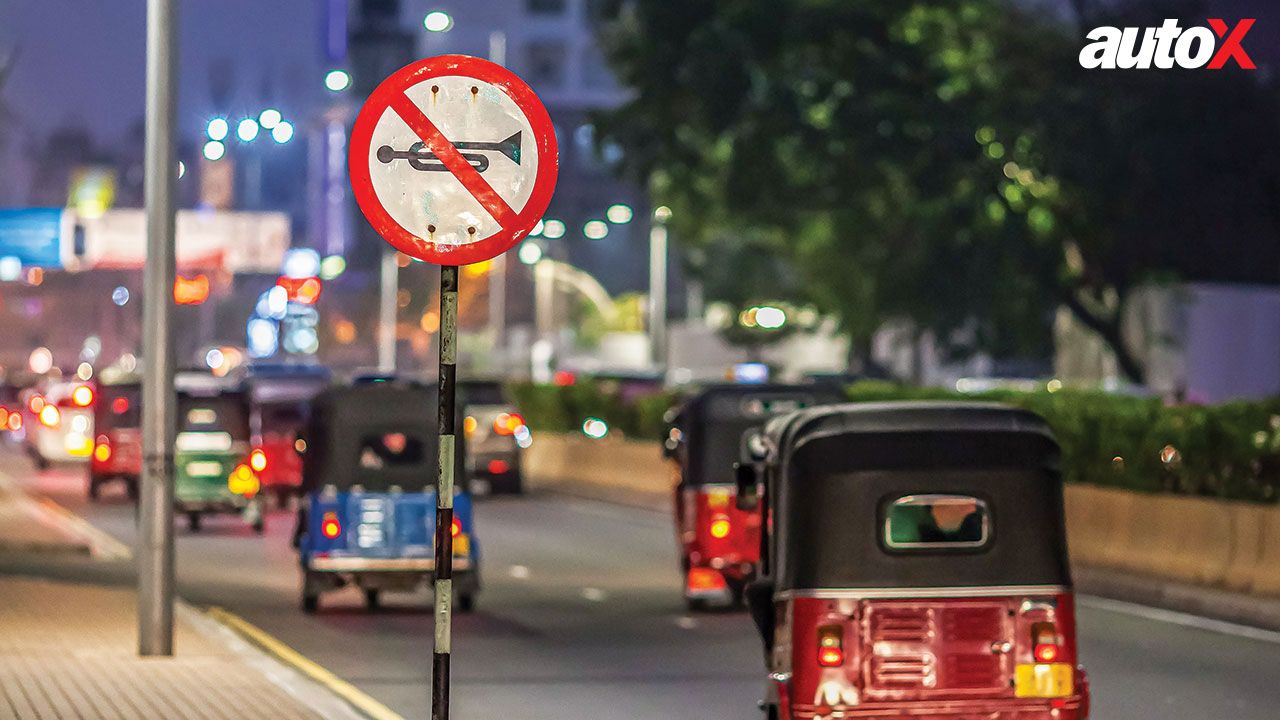

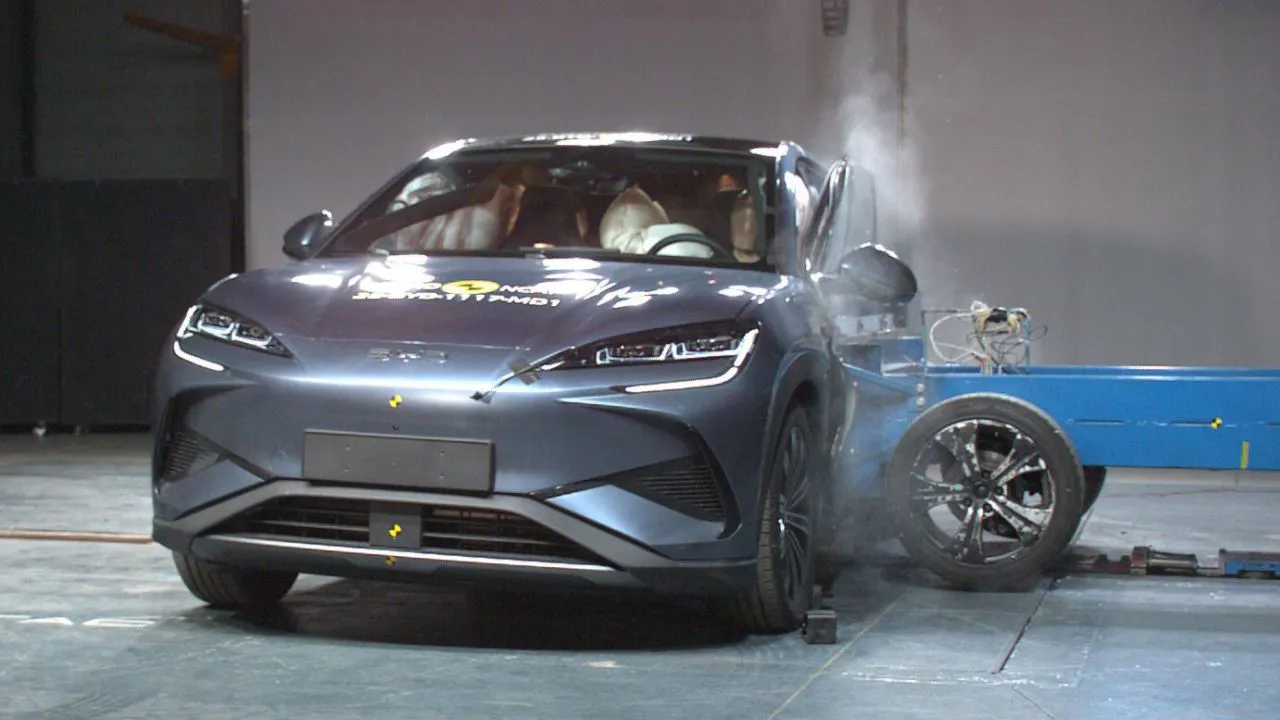
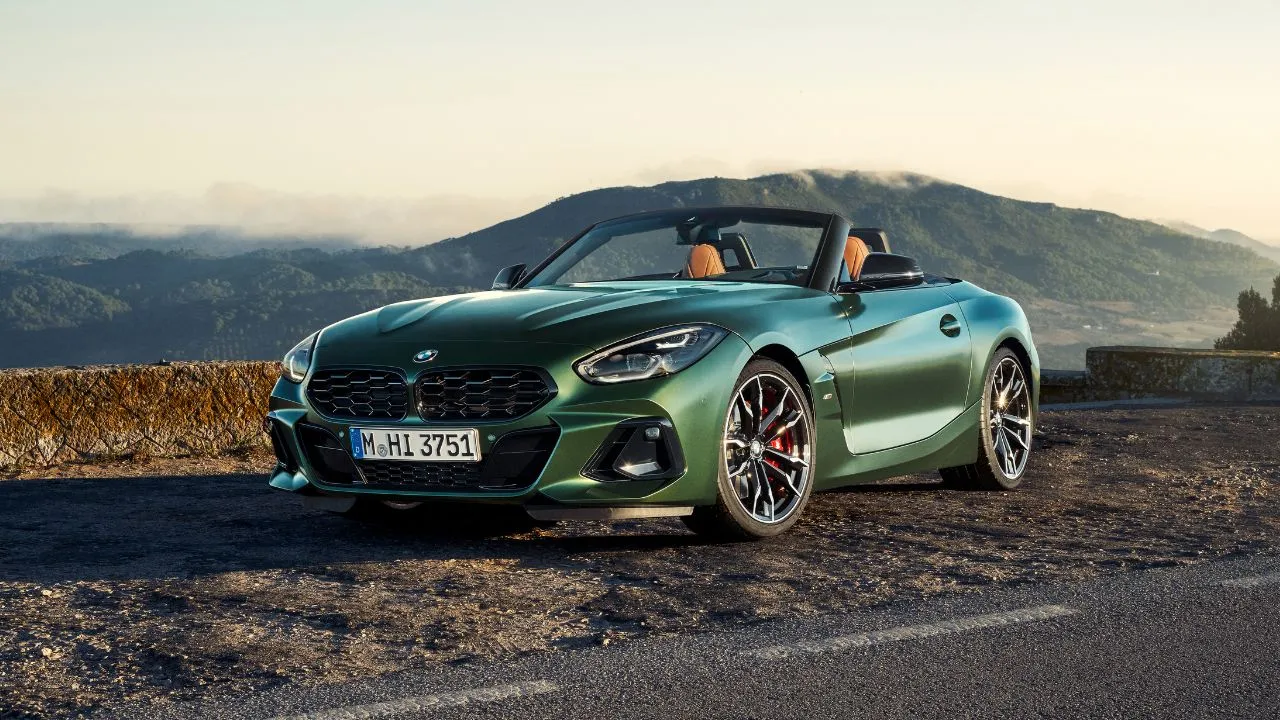
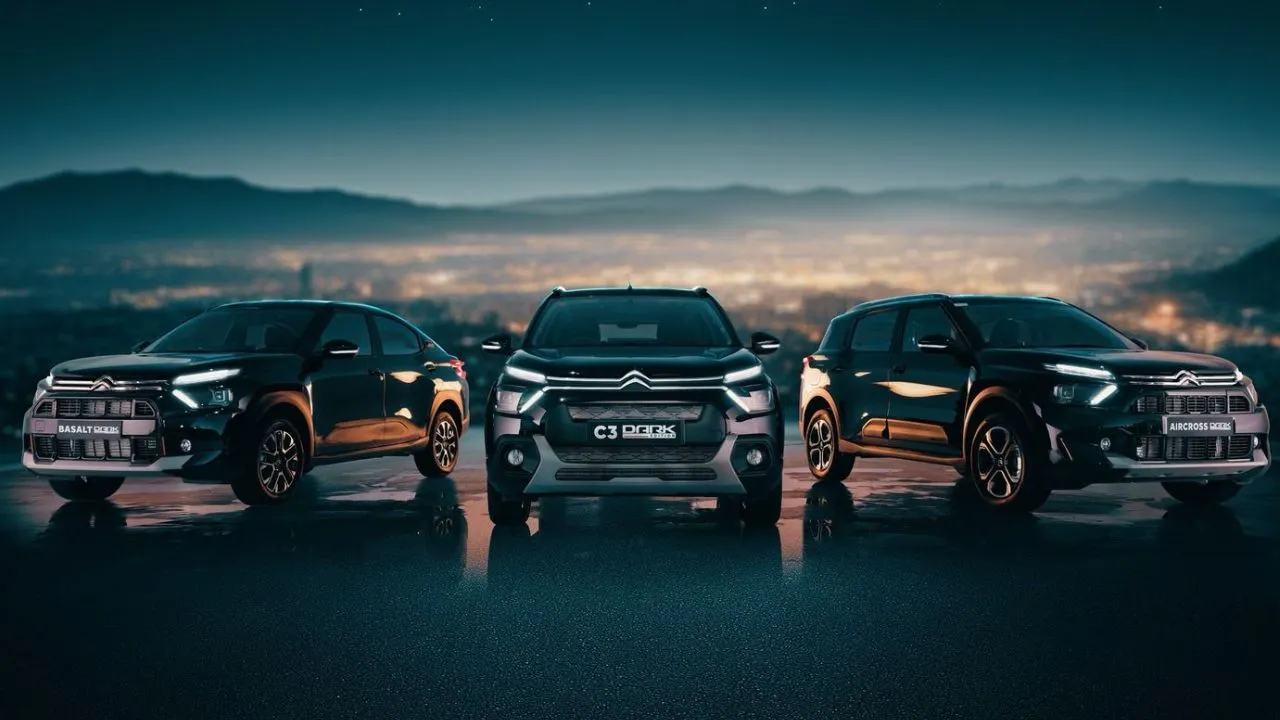
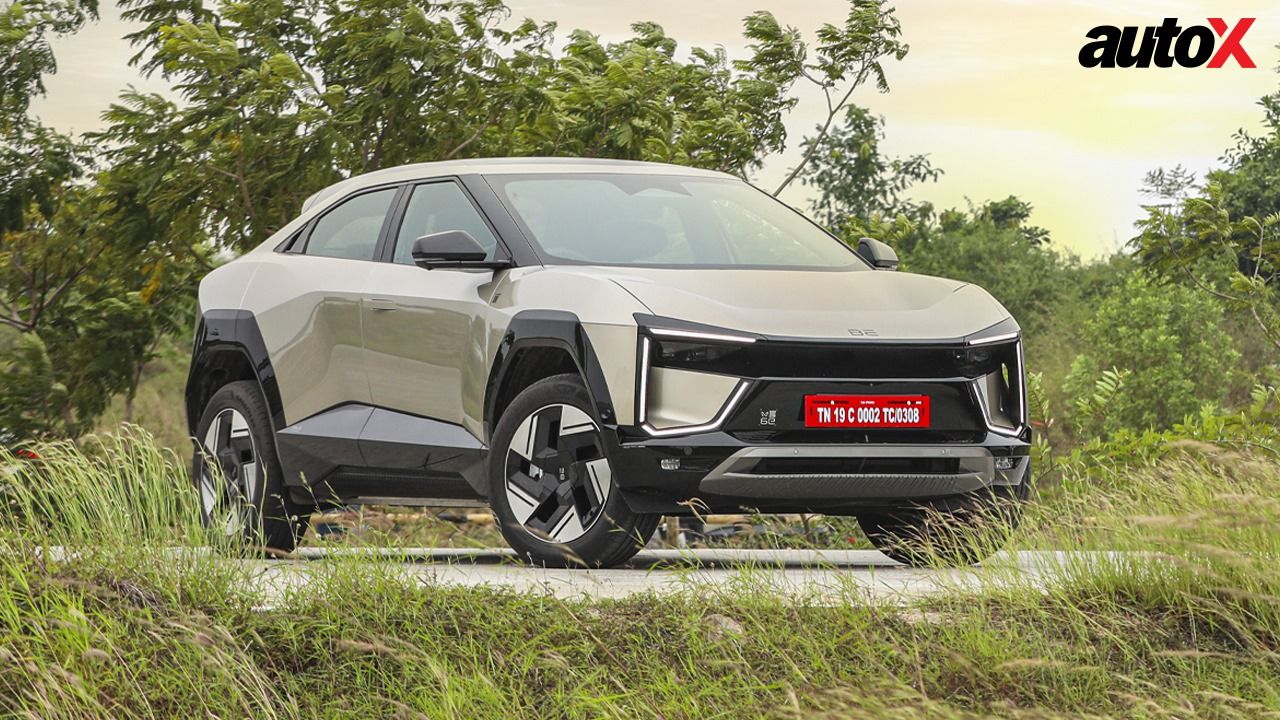

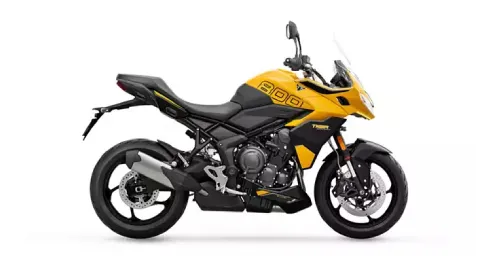

















Write your Comment on